Why Consistency Matters
Happy New Year! I wish you and your family and healthy and happy 2025!
Welcome back to the Total Performance Newsletter! If you are a new subscriber and did not receive previous editions, check out the "Newsletter" tab on my website (www.totalperformance-pt.com) and they are all posted there. This month, we will continue to take a look at some specific movement and injury-related issues that commonly arise and how to deal with them.
Before we dive into today's topic, I wanted to give a quick social media plug. Follow us on Instagram (@total_performance_pt) and Facebook (@Total Peformance Physical Therapy). I have been more active in those places and will be making regular posts on ways to further help you move better, feel better, and perform better!
Getting back to today's newsletter, we are going to discuss why consistency matters. We've all heard it before and know that it's true, but anytime we've heard the advice "it's all about consistency," we usually nod our heads in agreement and don't end up following through. It's hard to follow advice if you don't relate to why that advice is important or exactly how it's going to help you. That is what we're going to dive into today.
Consistency Is How We Get Better at Things
Just like we've all heard "it's all about consistency," we've also all heard "practice makes perfect." Now, perfection is not necessarily the goal, but the sentiment is true-the only way to get better at something is to do it. And then do it again. And then continue to do it over and over again. And once you feel like your competent, you probably need to keep doing that thing, or some progression of it, since you will realize there is always more improvement to be had.
The way this works is not groundbreaking, and it's something we've all experienced. The first time you try an exercise, you might not be very good at it. You'll need several cues and reminders to get in the right position and perform the movement properly. Over time, as you perform more and more repetitions with proper technique, your body adapts and the exercise becomes easier and more natural.
What's important to remember here is that the goal of consistency is not to get better at the exercise itself, but rather to improve the specific quality that the exercise is working on. For example, lets say you and your PT have decided that Hands Supported Downward Dog (video link here) is a good exercise for you to improve your shoulder mechanics so that you can improve shoulder shoulder mobility and decrease shoulder pain. Each time you practice downward dog, you are actually practicing shoulder mechanics, which will help you achieve the ultimate goal of solving your shoulder pain. No one cares about downward dog itself, but what we do care about is the result it gets you. That's why consistency matters-the more you practice downward dog (in this example), the more you practice and reinforce shoulder mechanics, the better you will get at utilizing proper shoulder mechanics, the less pain you will have. Consistency gets you better at the things you need to be better at in order to achieve your goals.
Consistency Is How We Get Long Term Changes To Stick
Not only does consistency lead to improvement, but it also gets those improvements to stick long term and become more permanent.
The way this works is also fairly simple. It's really just a numbers game. The body adapts to the inputs we give it, and it will adapt most strongly to the inputs it receives the most. So, if you want to not only make positive changes, but also maintain those positive changes, you will need to give your body positive inputs on a regular basis. With a consistent flow of positive inputs over time, these positive changes will become your body's default setting.
Let's stick with the shoulder pain/shoulder mobility example from above. Let's say reaching overhead causes pain, and you and your PT figure out that poor shoulder mechanics are leading to the mobility limitation that leads to the pain. So, an important part of eliminating pain is to improve shoulder mechanics to improve mobility.
During a session, you do some exercises and retest your shoulder mobility and it improves dramatically. This is great! But as the week progresses leading up to the next session, the pain creeps back in. What happened? The inputs (exercises) from the session were clearly helpful, but there was simply not enough volume to get the changes to stick and become permanent. It did not become your default setting yet.
This is where consistency comes in. Once you've found the right inputs (exercises), you need to do them more consistently! As you continue to drive the positive inputs, the volume of positive inputs will outweigh the volume of negative inputs. The result of the positive inputs will outweigh the results of the negative inputs, and the positive results will become the default setting.
In other words, doing your exercises with proper technique on a consistent basis will allow your body to practice proper shoulder mechanics. The more you practice, the better the body gets at using proper shoulder mechanics. The more frequently you repeat this process, the more your body realizes it should use these mechanics on a regular basis when reaching overhead in order to prevent pain. Before you know it, every time you reach overhead, your body naturally does it the right way. Say bye-bye to your shoulder pain.
Consistency Is How Habits Become A Normal Part Of Daily Life
This is similar to above, but it is important to highlight that being consistent is beneficial to forming positive habits in our life outside of just exercise.
Let's say you're someone who usually skips breakfast and runs out the door with just a cup of coffee, but you have set of goal of cooking a healthy breakfast every morning to ensure you are properly fueled for the day. At first, this is going to be difficult. It's going to require cognitive effort to set the alarm earlier, get out of bed, and get to the kitchen with ample time to cook, eat, and clean up. You may need to set a reminder on your phone, put a sign on the fridge door, or have your spouse bug you about it every day. Whatever it takes to get the job done and build the habit.
However, as you stack day after day of cooking a healthy breakfast, you will settle into a routine. Soon enough, you will not need all the reminders. As it becomes a normal part of your morning, it will require little to no cognitive effort-you will simply just do it because that is what you do to get ready for the day. Just like getting dressed and brushing your teeth. The only way you get to this point, though, is through consistency. Doing it over and over, no matter what it takes in the beginning, is the key.
If you want to dive more into the power of consistency and building positive habits, Atomic Habits by James Clear is a fantastic book on this topic. He's very easy to find on Google, Amazon, and anywhere else that sells books.
I hope you found this month's newsletter helpful and that it provided a deeper understanding of why consistency matters and in turn, will help you become more consistent in putting in the time and effort to achieve the goals your working towards.
Stay tuned for next month’s newsletter, where will we continue to look into some common issues that arise and practical solutions to deal with them! Also, if you have any topics that you want to see covered in a future newsletter, please let me know!

